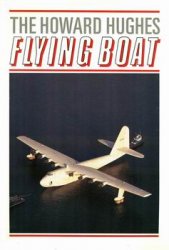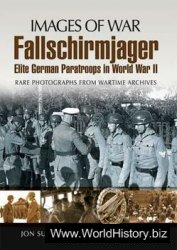Although the drive toward detente was mutual, the United States and the USSR entertained quite differing views of it. Neither of the two countries was willing to forgo competition in pursuit of its interests internationally. For each of them, detente meant a limited accommodation that would allow those interests to be pursued at a lower level of tension.
For Soviet leaders, detente would confirm not only military, but political, parity with the United States. That meant that, like US policymakers, Soviet officials wanted to exert their influence and support their allies globally while relying on the other side to accept such actions as a military and political reality. The Soviet concept of "peaceful coexistence," understood as a form of "class struggle," would allow Moscow to promote proletarian internationalism and support national liberation movements in the Third World. The two main pro-detente arguments in Moscow - that the Soviet Union needed the West to improve its own economic situation, and that its growing military might could produce geopolitical gains at the West’s expense - were not seen as contradictory in the Kremlin.234
On the US side, President Nixon and his national security adviser and later secretary of state Henry Kissinger wanted to prevent US-Soviet competition from escalating into confrontation, while at the same time gaining Soviet assistance in resolving international conflicts in Vietnam and the Middle East. Nixon, Kissinger, and Brezhnev resembled each other in their aspiration to be great statesmen and peacemakers, in their generally Realpolitik worldview, and in their preference for secrecy and personal diplomacy in conducting policy. That is why the idea of regular summitry was so attractive to both sides. The presence of a very talented Soviet ambassador in Washington, Anatolii Dobrynin, who also shared those views, contributed significantly to the rapid development of US-Soviet detente.
Just one month after Nixon’s inauguration, in February 1969, a secret personal "back channel" between Kissinger and Dobrynin began to function, with arms control being the first subject under consideration. With the Soviet Union on the verge of pulling ahead of the United States in ICBM launchers, and the United States actively engaged in developing the MIRV technology, both sides recognized that without agreed limits, the nuclear-arms race threatened international stability and imposed significant economic costs on both countries.
Signed on May 26,1972, during President Nixon’s visit to Moscow, SALT I did not actually reduce any armaments; rather, it froze the number of nuclear weapons at the levels existing on both sides, while failing to address the most destabilizing issue, MIRV technology. That technology allowed the side that employed it to increase the actual throw weight of its warheads many times without adding any new launchers, thus rendering the nuclear balance less predictable and therefore less stable. When the treaty was signed, MIRV technology gave an advantage to Washington because the Soviet Union was falling far behind the United States in this area. However, potentially, it was the Soviet side that could gain most fTom this technology because of its bigger ICBMs.
Along with SALT I, the US and Soviet leaders signed the Anti-Ballistic Missile Treaty limiting strategic defenses, which in the future came to be perceived as critical to nuclear deterrence by both sides. Yet, even though arms control soon became the centerpiece at the summits, the May 1972 meeting did not produce other key results the two sides hoped for: "for the U. S., a definitive pledge of Soviet help in settling the Vietnam war, for the USSR some kind of understanding concerning China."235
SALT II negotiations began soon after the signing of SALT I. However, the negotiations were more difficult than expected because of increasing tensions in overall US-Soviet relations, growing doubts about detente in US domestic politics, plus the sheer difficulty of limiting forces that had very different components and structures. After President Nixon resigned in 1974, Gerald Ford moved quickly on SALT II, picking up where Nixon and Brezhnev left it. In late November 1974, Ford and Brezhnev met in the Soviet Far East, near the city of Vladivostok, and negotiated the basic framework of the treaty.
Brezhnev made a significant concession in Vladivostok against the advice of his own defense minister, Andrei Grechko. He agreed to an overall ceiling of 2,400 strategic launchers (including ICBMs, submarine-launched ballistic missiles (SLBMs), and strategic bombers), of which 1,320 could be equipped with MIRV technology, while not counting either American nuclear systems "forward-based" in Europe or the nuclear weapons of other members of the North Atlantic Treaty Organization (NATO). However, to the dismay of Soviet leaders, President Jimmy Carter soon abandoned the Vladivostok framework.

9. President Ford and Leonid Brezhnev at the conclusion of the SALT II talks in Vladivostok in November 1974. Brezhnev made detente the key point in his relations with the United States.




 World History
World History









